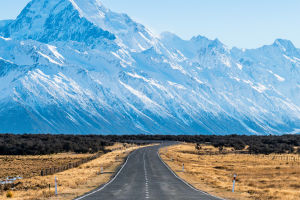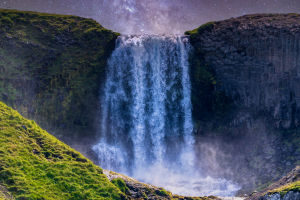In the early construction of viaducts more attention was paid to practicality, the requirements for appearance were not high, and the cost of the project was more important.
The main girder structure of the viaduct would generally use prefabricated concrete structures, such as box girders and T-beams and other structural forms.
However, with the development of the society, people start to pay attention to the appearance of the bridge, and the main girder structure usually uses cast-in-place continuous box girders.
This type of structure has a fish-belly type. Straight web. Inclined web and other forms.
It has the characteristics of beautiful and consistent bridge shape, and will not affect the city's appearance.
Viaduct railroads are now widely used all over the world because they can effectively solve the settlement problems associated with soft soils and permafrost.
To make construction easier, viaducts are usually designed to consist of the same span, so they can be simplified to a periodic structure.
The study of the dynamic response of periodic viaducts to the formation of train movements is essential for the design as well as the maintenance of viaducts.
The space underneath a viaduct is often a forgotten corner of the city, and the scene underneath a viaduct can become a new trendy landmark.
The A8 viaduct near Amsterdam in Zansberg, the Netherlands, was built in the 1970s to improve cross-river traffic, but cut off the close ties between the different districts.
Originally used as a surface parking lot for many years, the underside of the viaduct has been transformed by NLArchitect's design into a place that can accommodate activities for all ages.
The London House of Vans is located underneath Waterloo Station, adjacent to the famous graffiti street Leake Street.
Formerly the 170-year-old Victoria Tunnel, the renovation was completed in 2014 to become a trendy youth culture community.
As it is the intersection of five separate long tunnels, the unique spatial characteristics of the area have led to the creation of several major functional zones in accordance with the layout of the tunnels: the Film Tunnel, which is used for film screenings. A music tunnel with a capacity of 850 people.
Spanning 204 meters over the River Reuss in Lucerne, Switzerland, the Cabell Bridge is Europe's oldest covered wooden bridge, also known as the "Corridor Bridge", and is one of the country's most important tourist attractions.
It was built in 1333 to help defend the city of Lucerne against foreign invasion.
A fire destroyed much of the bridge and paintings in 1993, but it was quickly rebuilt.
The Brooklyn Bridge, built in 1883, spans the East River and connects Manhattan to Brooklyn.
At the time of its opening, and for years after, it was the longest suspension bridge in the world.
It also became a famous and iconic landmark in New York.
The bridge has wide sidewalks for walkers and bicyclists.
The walkway was of particular importance during difficult times when ordinary transportation through the East River was not available, especially after power outages and the September 11 attacks, as in several cases.


